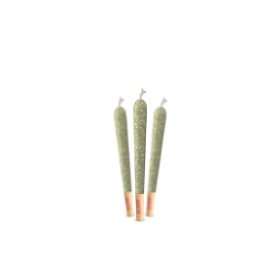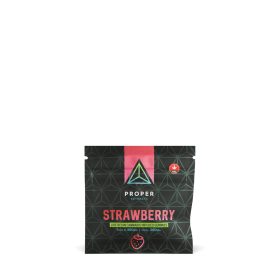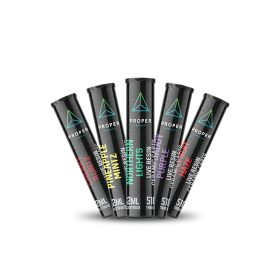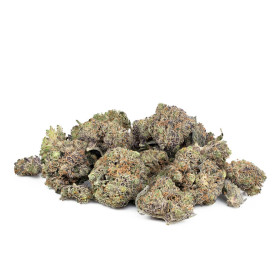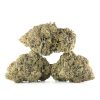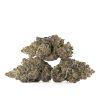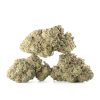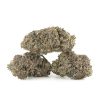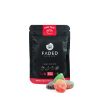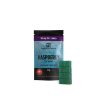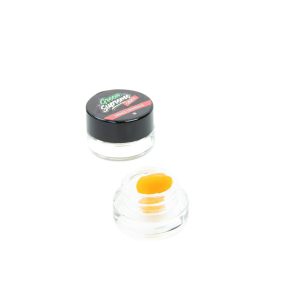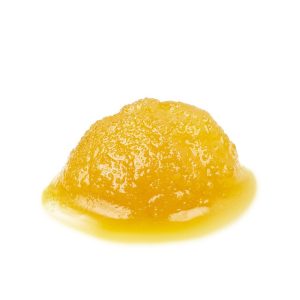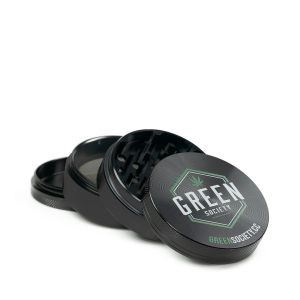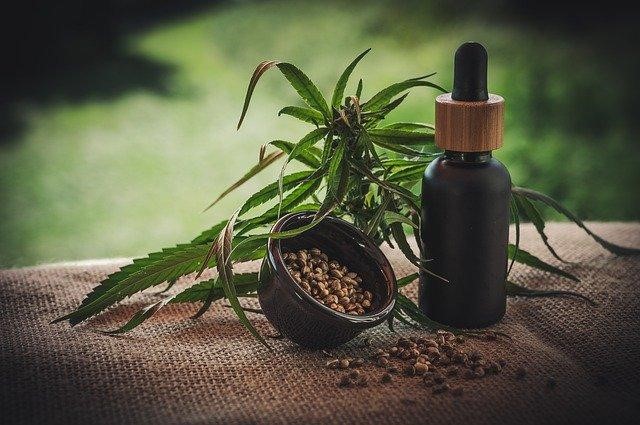Marijuana
Everything You Need to Know About Cannabis and Cannabinoids
Take some time to explore the cannabis sativa species and you will find a diverse and rich world of chemical compounds, known as Cannabinoids. Some compounds are recognized around the world – like the high-inducing stain of Tetrahydrocannabinol (THC). Other strains like Cannabidiol (CBD) also deserve attention. All these compounds derive from cannabis.
Around the world, it has been lauded for its toxicology and therapeutic potential that creates a multi-dimensional product. It produces effects that are suited for both medicinal and recreational uses.
Here we delve into everything you need to know about cannabis and cannabinoids.
What is the Difference Between Marijuana and Cannabis?
First off, let’s break down the differences between cannabis and marijuana. It is often easy to confuse these two and mistake one for the other. People often use the phrases interchangeably, but they are not the same.
- Cannabis refers to the plant Cannabis sativa and encompasses over 540 chemical strains.
- “Marijuana” refers to the products or parts of the Cannabis sativa plant with substantial amounts of THC. THC is responsible for the “high” from consuming marijuana.
- Cannabinoids is another name for the compounds in cannabis. The two main cannabinoids are THC and CBD. Over 100 cannabinoids have been identified.
For our purposes here, we will refer to Cannabis sativa as cannabis.
What is the History of Cannabis and Cannabinoids?
Cannabis has been present in human civilizations for more than a millennium. It exists as recreational and medicinal substances, and its legality differs around the world. In the countries where it is legalized, like Canada, it has created an enormous economic impact. It has always been a commodity, and now it is a social, cultural, and political force.
What are the Effects of Cannabis and Cannabinoids?
The toxicology and therapeutic potential of cannabis and cannabinoids create a wide range of potential effects. These effects are complex, and researchers continue to study both cannabis and cannabinoids to collect more data.
Most of the well-known side effects result from the presence of THC as a psychoactive cannabinoid. Typically, it triggers specific psychological responses like relaxation and euphoria.
What Can Cannabinoids and Cannabis Do for Health Conditions?
There is much to be said about the health effects of cannabis and cannabinoids. They have been found to be helpful in conditions, such as:
- Anxiety
- Chronic Pain Management
- Irritable Bowel Syndrome
- Inflammatory Bowel Disease
- Certain Forms of Epilepsy
- Pain Management from Cancer Chemotherapy
- Movement Disorders due to Tourette Syndrome
- Sleep Problems
There are a lot of studies out there to support the effectiveness of cannabis and cannabinoids for these conditions. They are helpful in relieving feelings of panic and stress common in people with PTSD.
People undergoing chemotherapy often have severe side effects of nausea and vomiting. Cannabis and cannabinoids, particularly CBD, are helpful in managing these severe effects.
How Do You Consume Cannabis and Cannabinoids?
The growth of this market has popularized various methods of consumption. As legalization grows, people are able to explore new methods and popularize them. Here are some popular consumption methods:
Smoking
As you might expect, a well-known method is simply rolling the dried marijuana flower into a joint. This is the method popularized in television and other entertainment outlets. The experience of passing weed around with friends is a social one that many weed smokers enjoy.
Smoking has grown to include smoking through a bong, pipe, or bubbler. These methods become more technical than just rolling a joint, but very popular.
Vaping Oil
Vaping has experienced an upsurge in recreational markets. In many ways, it is similar to vaping tobacco, particularly through the use of “e-cigarettes” and heating elements. Concentrates for vaping are mostly found in oil form, although vaping herbaceous cannabis is possible.
Vaping is a more discrete method of consuming. It does not produce the same “weed smells” that come when smoking weed. It is a portable and convenient method and vape cartridges often have a wide array of flavor options.
Edibles
Another method of consumption popularized in the media is the old standby of consuming edibles. This is a good option for novice consumers who want a method that’s easy to consume.
It is more than ingesting dried marijuana though. It involves activating and extracting THC from the ground plant. The activation happens with heat, like when you bake “pot brownies.” From there, you just need to eat!
Dabbing
Dabbing involves rapidly sublimating cannabis and inhaling the vapor. The concentrates are high in THC percentage and produce a strong high. As the methods have been refined, the side effects have lessened. In the past, dabbers experienced blasted out lungs, “dab sweats,” and coughing fits.
Now, people know to keep the rig clean and maintain the right temperature to have a good experience without the side effects. With practice, it can be a smooth and intense experience, creating long-lasting highs.
Are Cannabinoids and Cannabis Safe?
With such a variety of strains and options, it is understandable to wonder if all of these options are safe. Just like any medicine, cannabis and cannabinoids pharmacology suggests it is not safe in certain situations.
For example, these substances are not compatible with the following situations:
- While driving or operating a motor vehicle
- While pregnant
- As an adolescent, since adolescents are more likely than adults to develop cannabis use disorder (CUD)
- If you have severe mental illnesses like schizophrenia or other psychoses
- If you develop CUD, which includes symptoms like withdrawal, craving, lack of control, and negative effects on professional and personal responsibilities
Where to Find Cannabis and Cannabinoids in Canada?
Thanks to positive effects and wider accessibility, people throughout the world are benefiting from cannabis and its cannabinoids. Since the legalization in 2018, Canada’s industry has blossomed, and many dispensaries and reputable merchants are available. Every major city in Canada has solid dispensaries to buy the product. There are even online locations as well.
Now that you know more about cannabis and cannabinoids, you can browse for specifics strains that are ideal for your intake preferences and health conditions.

